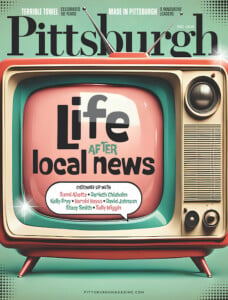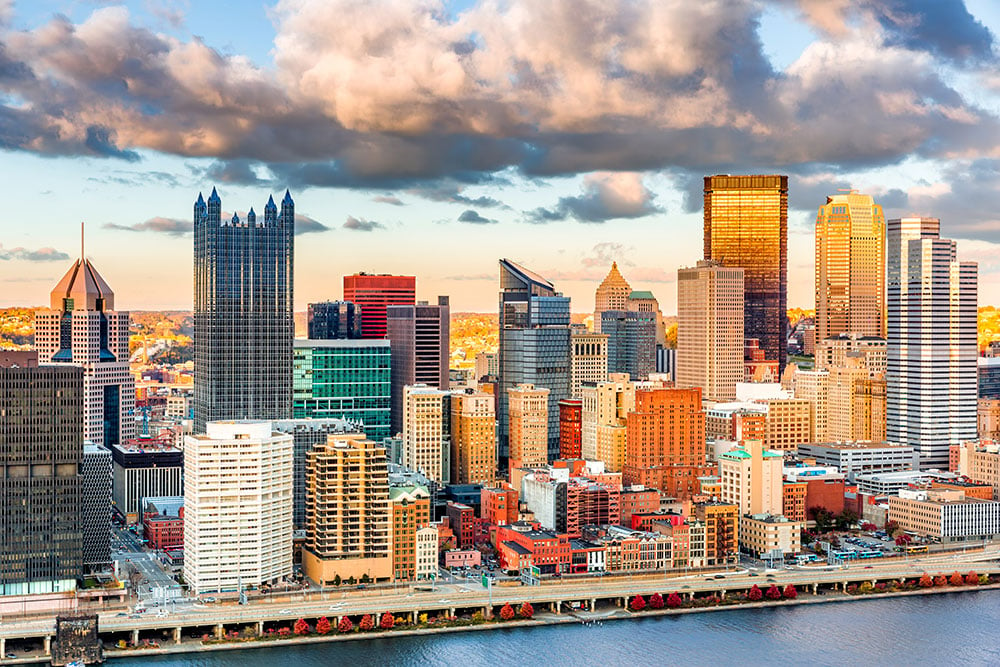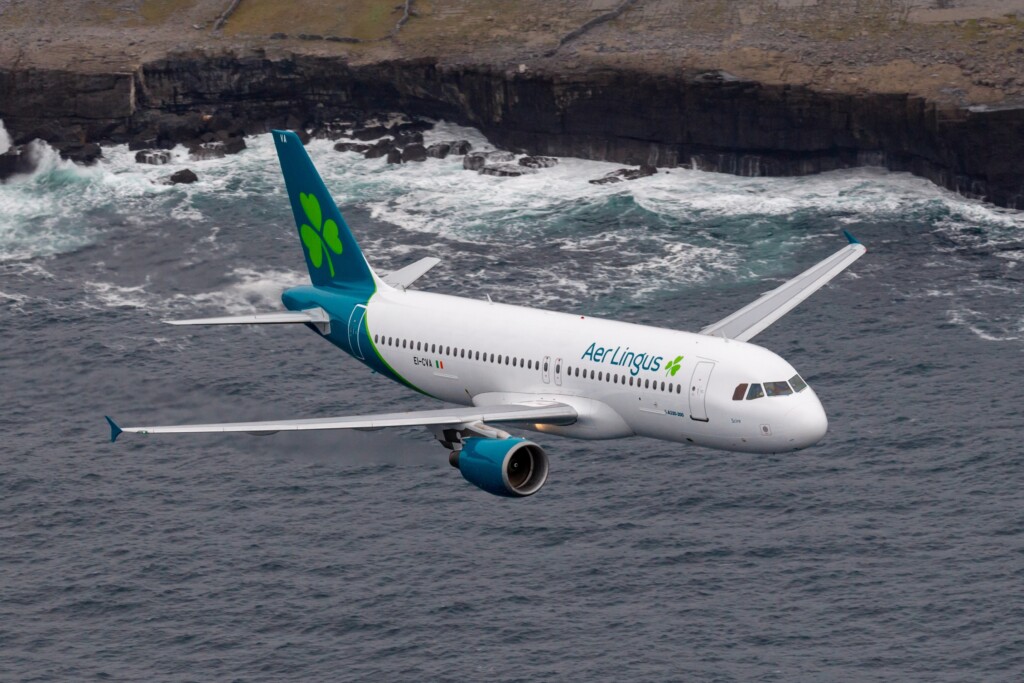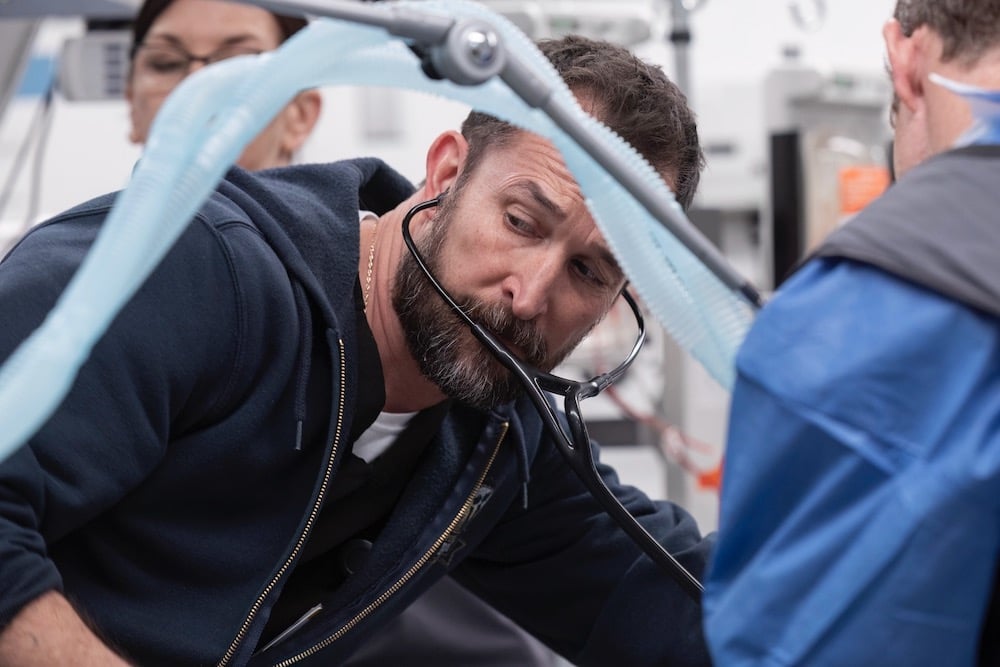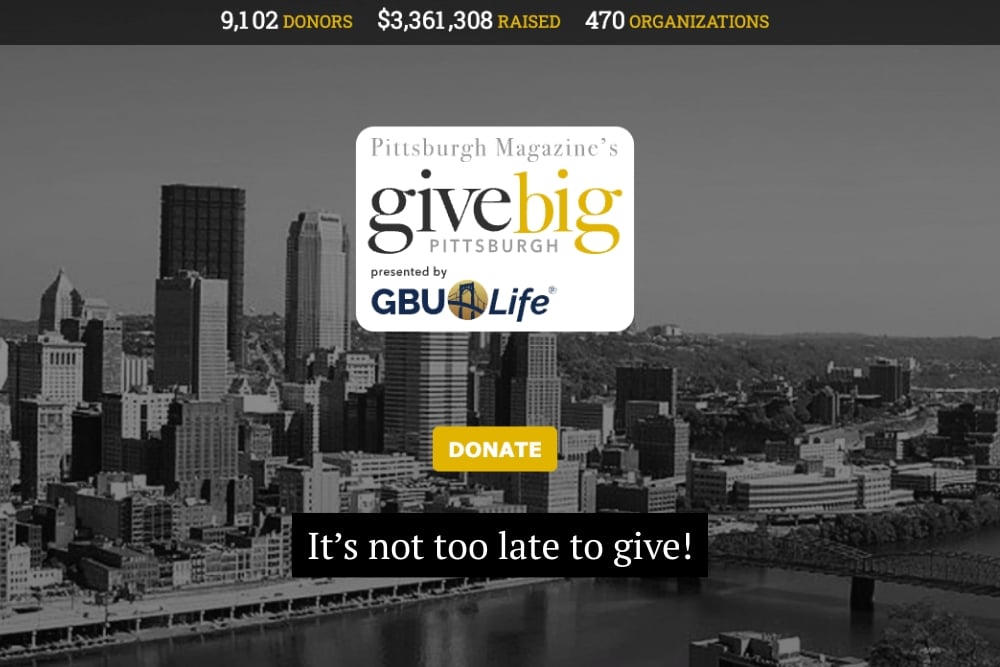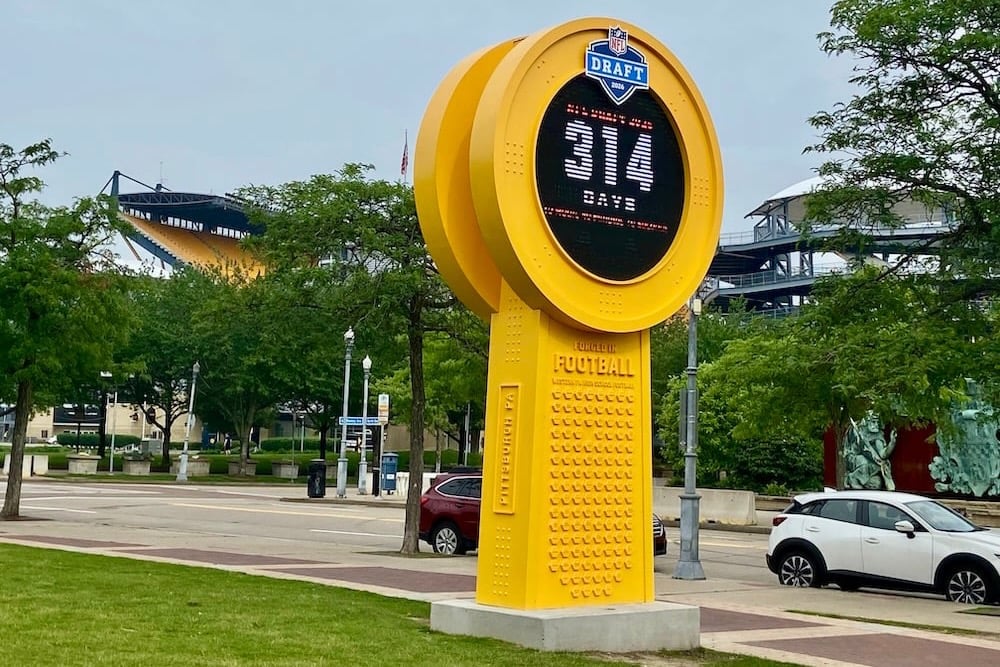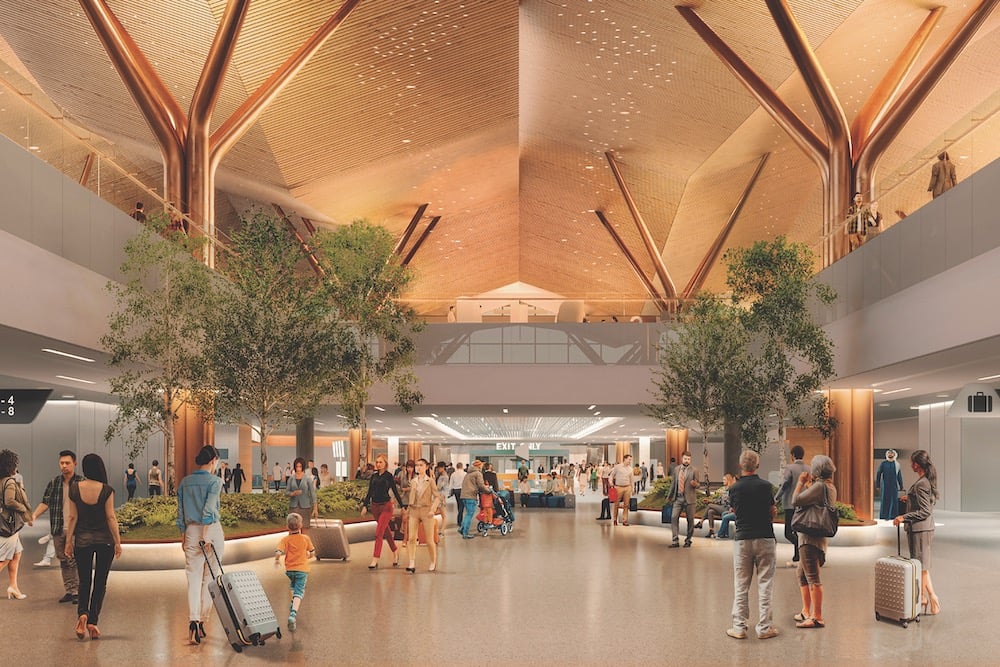Point Park University Unveils Proposed Events Center, Imagines New Downtown
A new report by the Urban Land Institute outlines ways that the university can become a catalyst for Downtown's next renaissance.

ARCHITECTURAL RENDERING OF A PROPOSED 2,000-SEAT EVENTS CENTER DOWNTOWN FOR POINT PARK UNIVERSITY | COURTESY EWINGCOLE
Chris W. Brussalis, president of Point Park University, gave experts at the Urban Land Institute a homework assignment earlier this year:
“How can Point Park University be a dynamic catalyst in Downtown Pittsburgh’s next great renaissance?” he asked.
The result is a final report released Thursday that outlines a new vision for Downtown and several steps the university and other regional partners can take to capitalize on Point Park’s location in the Golden Triangle, its strong arts presence and its growing athletic programs that could help revitalize all of Downtown.
“Our vision isn’t just one quarter of the city,” Brussalis said to regional leaders who gathered at the Pittsburgh Playhouse Thursday. “It’s about creating something that benefits all of Pittsburgh.”
In a call to action, Brussalis said: “It’s an invitation for us as a community to begin to imagine a new Downtown.”
A major initiative unveiled Thursday is building a 2,000-seat Downtown Events Center for the university’s growing athletics program and other activities and entertainment, although a specific location for that has not been determined. This past summer, Point Park was accepted into the NCAA Division II Mountain East Conference, and Brussalis said he envisions eventually bringing 20 intercollegiate sports to Downtown each week. The center, which could cost as much as $100 million, would also be a place for concerts and other entertainment.
Another initiative is reimagining the Boulevard of the Allies to make it more dynamic and hospitable and to create a stronger sense of place for the university. The report described the boulevard as “Pittsburgh’s fourth river made of concrete,” Brussalis said.

THE URBAN LAND INSTITUTE REPORT DESCRIBED THE BOULEVARD OF THE ALLIES AS PITTSBURGH’S FOURTH RIVER MADE OF CONCRETE. | PHOTO BY VIRGINIA LINN
Expanding affordable housing options for not just traditional students but for families and older students is an important piece of the plan. Currently, the university offers 850 beds for traditional-age students. The report suggests that partnerships could also be made to provide space for students at Duquesne, Carnegie Mellon and University of Pittsburgh to help with their housing shortages and give Point Park additional financial resources. The building of the Bus Rapid Transit system underway between Oakland and Downtown, which is expected to be completed in 2027, could help facilitate these partnerships.
Urban planning experts of the Urban Land Institute, an international nonprofit network of real estate professionals founded in 1936, spent a week in Pittsburgh in late April talking to more than 50 stakeholders about how Point Park University’s growth could enhance all of Downtown.
Many of the recommendations in the Urban Land Institute report dovetail with Point Park’s Power Vision 2030 strategic plan, launched last fall.
Brussalis on Thursday said the number of Point Park students, faculty and staff represent 5,000 people living, working and playing Downtown. He said enrollment — which this fall is 3,448 students, had grown 10% since he became president 18 months ago. He has said he’d like enrollment to rise to 4,200 by 2030 and perhaps as high as 5,000 to 6,000 students.

THE VILLAGE PARK, A GATHERING PLACE FOR POINT PARK UNIVERSITY STUDENTS AT BOULEVARD OF THE ALLIES AND WOOD STREET. | PHOTO BY VIRGINIA LINN
Rich Fitzgerald, former Allegheny County executive and a member of a panel Thursday discussing the Urban Land Institute plan, said that any physical improvements to the Boulevard of the Allies would need to be coordinated with the State Department of Transportation, which owns the road.
The Urban Land Institute report charts out short- and long-term goals. Among these:
In the first six months:
- Improve perception of safety and security in the Golden Triangle through activation and art.
- Establish a “Cultural Walk” between Point Park University and the Cultural District.
- Install temporary bollards, planters, and pavement markings to soften the Boulevard of the Allies.
- Establish “First Friday” programming on Wood Street through monthly street closures.
- Activate gateway areas with artistic bike racks and popups in vacant storefronts (with the Pittsburgh Downtown Partnership).
Medium Term: Six months to 12 months
- Establish more Point Park educational programming on the ground floor that welcomes the community.
- Complete fully engineered plans for permanent streetscape improvements to the Boulevard of the Allies between Smithfield and Stanwix streets.
- Establish wayfinding signs along Wood Street.
Long term: 12 months to Two years
- Enhance the connection from Wood Street to the Monongahela Wharf.
- Construct permanent improvements along the Boulevard of the Allies. These include ornamental sidewalk pavements, ornamental crosswalks at Wood and the Boulevard, installation of a garden median on the Boulevard, improved lighting and more activity along the sidewalk such as outdoor dining.
- Work with others to identify and enable funding sources not currently used in Pittsburgh to produce affordable housing, community development and urban connections.
- Secure a site for the Downtown events center.
